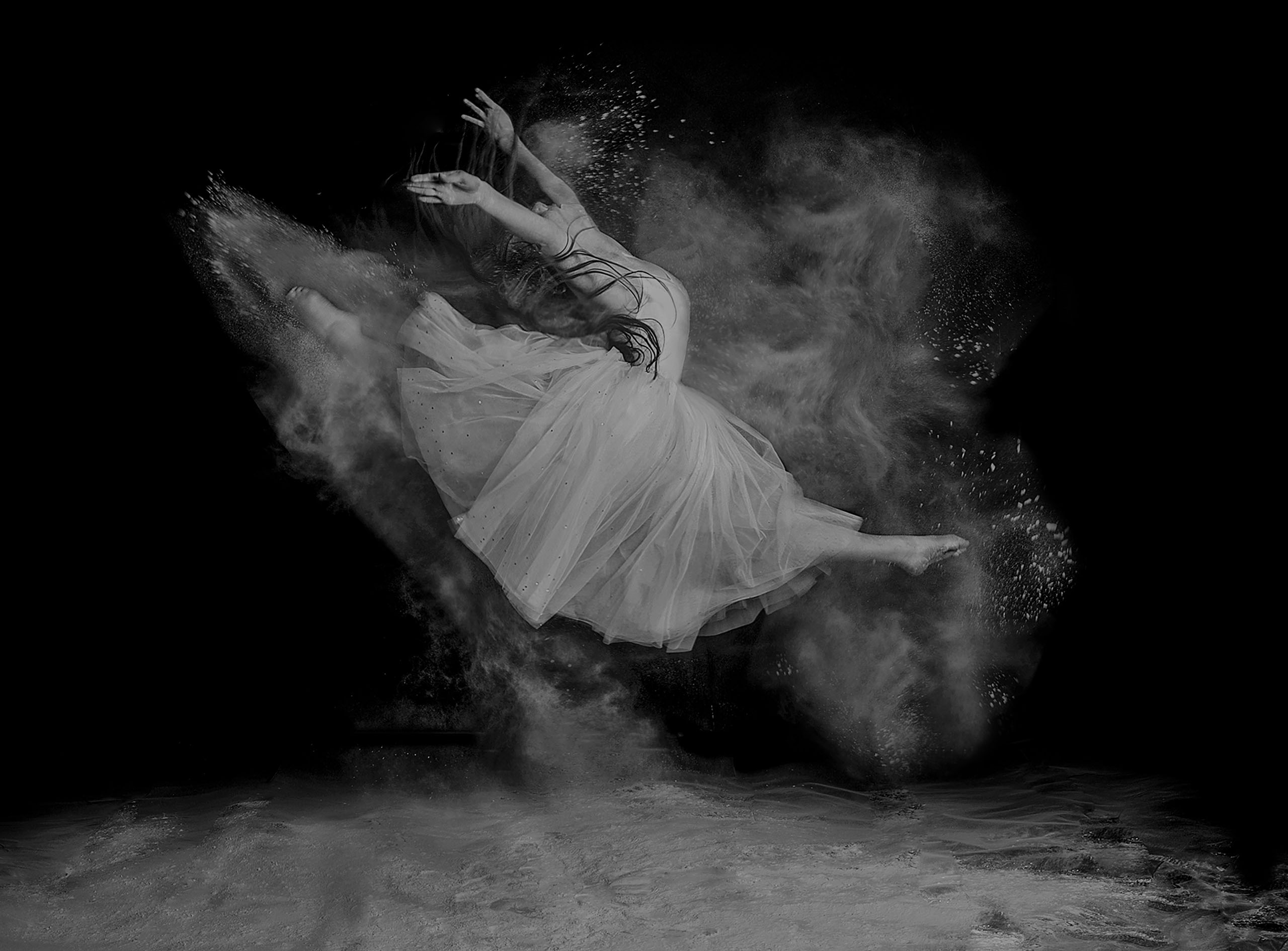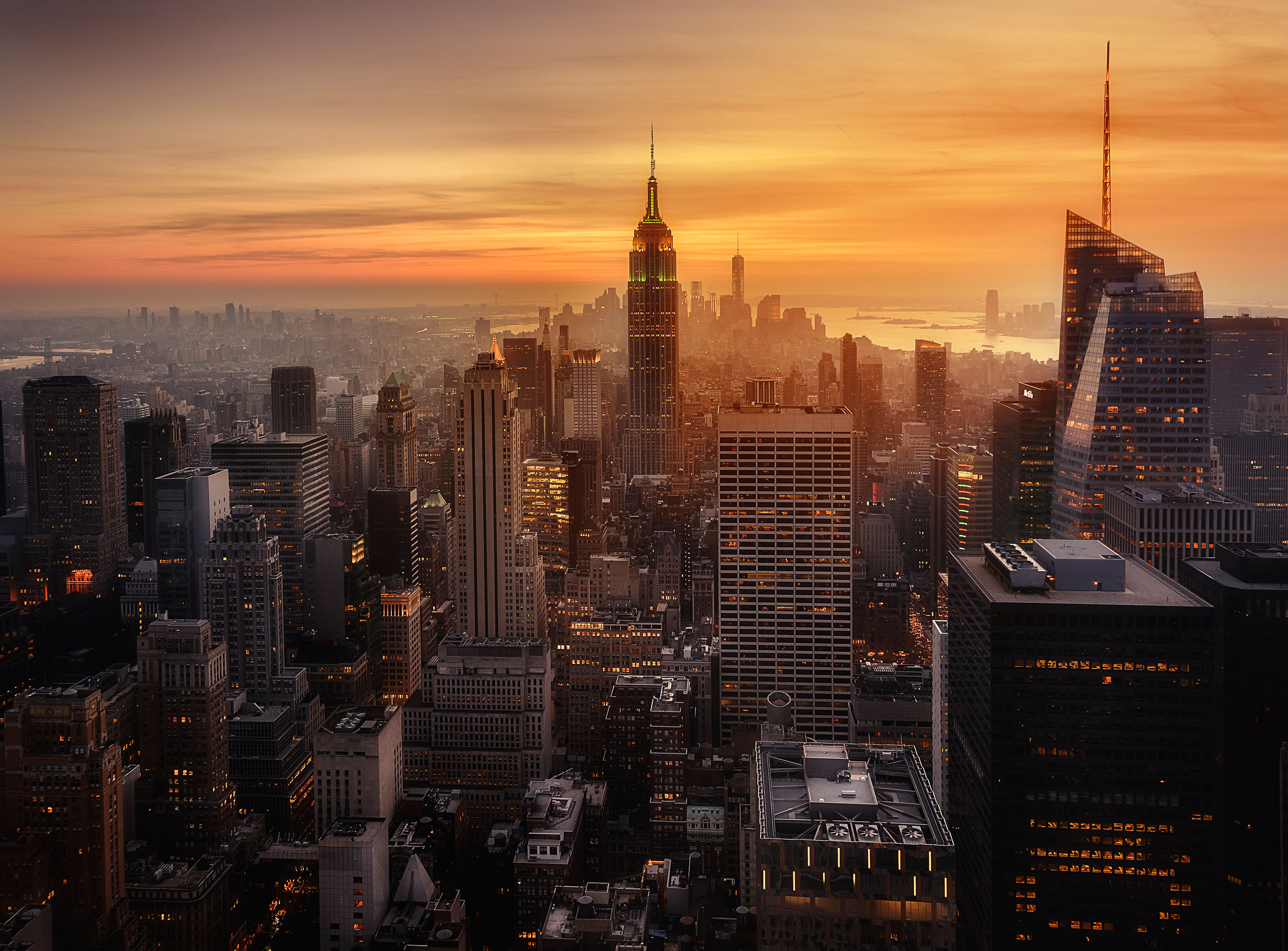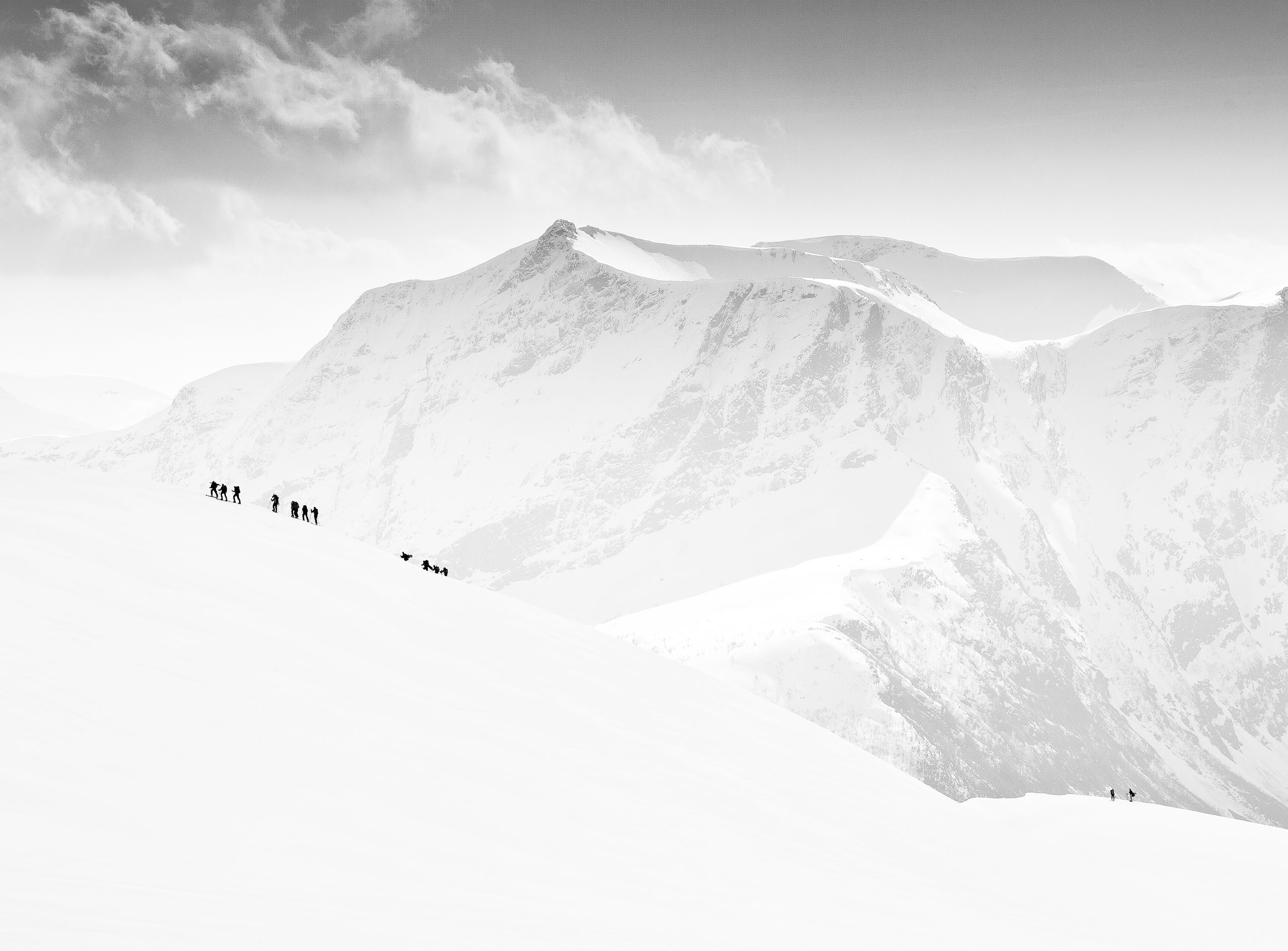SEARCH






|
|
|
|


By Editor Marius Cinteza
Edited and published by Yvette Depaepe, the21st of October 2022
The more you see, the more you want to see and you have to realise that you cannot see it all! – Trevor Cole
Trevor Cole is one of the most prominent travel photographers in the world whose works focus predominantly on culture and landscapes. He strongly believes that photography can capture those inimitable moments and empower us to be the change we want to see in ourselves, our photography and our planet. 6 years ago he revealed his aspiration on having an alternative vision for tomorrow and shared perspectives on the amazing Ethiopia portraiture project: Trevor Cole: Geographer Photographer with a vision for tomorrow
For this round I wanted to check with Trevor on the photographer’s role in this vision and in capturing and documenting the changes and challenges in our world.
A woman's life
Trevor, in your 1st interview for 1x.com you shared your thoughts on the Alternative Vision: “I aspire to have a vision for tomorrow - An Alternative Vision. I believe that photography can capture those inimitable moments and empower us to make a positive change in our world.” I would like to start by asking you if you feel the same now and you still think that photography can positively impact our world?
This is a really good question and as a ‘Geographer Photographer’ I have to say yes. Photographs capture inimitable moments today which we can reflect upon tomorrow. Moments which are ephemeral but are crucial as our world is changing so rapidly. Rainforests and reefs are being decimated, the world is becoming increasingly urbanized (over 50% of the World Population live in cities), there are almost 8 billion people living on earth and with increased access to knowledge from the internet we are losing ethnic diversity and cultural traits. The photographer has a key role to play in documenting change – capturing what might soon become the past. A past we need to learn from to create a more sustainable future. At the moment the world seems to be poised on a precipice and human greed, conflict and endless growth are likely to push it over the edge? Good photography can encapsulate and visualize environmental, social and cultural issues and the need to change if we are to survive as a species.
At one with my cattle
The whole world went through the challenges of the coronavirus pandemic. How has this period impacted your projects and your life as a photographer in general?
I had more time to think, reflect and edit images which had been relegated to my hard drives. I had the chance to teach small photography groups online, do podcasts, stories and interviews for clubs. During times when the pandemic ‘eased’ I did manage to escape and travel a little, thus taking advantage of places where there were few, if any, travelling. I went to Ukraine, South Sudan, Ethiopia and the welcomes were unprecedented as most countries tourism and hospitality industries were impacted so badly by the severity of restrictions imposed upon them. My guides had no work, the lodges had no custom and many had to find alternatives.
A young Mundari herder at work
How did you manage to maintain your passion for photography in this last period impacted by pandemics, war and economic issues?
It was refreshing to delve into images which were take a few years back and also to re-edit images. I feel that my style of editing has changed over time, hence, I enjoyed looking the images with new eyes and perhaps ‘alternative visions’. As I said above I did manage to travel, albeit not as much as usual. I went to Ukraine with my partner at the end of October 2021 – just a few months before the current conflict. Time spent photographing in Kyiv, Odesa and Chernobyl will not be forgotten and I cannot envisage when such opportunities will materialize again.
A Mundari man 'in situ'
The 1st interview focused on your amazing portraiture works from Ethiopia. Have you changed since then your area of interest to other geographies and cultures?
I go back to Ethiopia every year as I used to live there as a teacher in an International School, hence, I know the country well and there is always more to see. The value in going back is immense and portfolios expand and new experiences, villages and faces always emerge. But yes, I have expanded my ‘photographic travels’ to include Chad (The Gerewol beautification ceremony of the Wodaabe people), Angola and the tribal peoples of the Namibe region, Namibia and the Ovahimba people and four times to the tribes of South Sudan. I also ventured to Nagaland and Arunchal Pradesh to photograph the Konyak and Apatani people.
Of all of these I have come to love photographing the Mundari and their cattle camps in South Sudan. See short excerpt below…
The Mundari cattle camps, seldom visited by outsiders, are quite simply incredible. I saw Sebastiao Salgado’s photos of these camps years ago and there was little change that I could see. The Mundari are friendly and enjoy being photographed. The dust and smoke intermingle to create an inimitable atmosphere. We arrived in the late afternoon when the light was soft and warm with long shadows. The tribe have all their wealth in their cattle and there are thousands of them…...
Fishing for sardines
Trevor, what is your favourite photo taken by yourself within the last year and why is it special to you?
One I took a few months back before dawn in a cattle camp. The herder was still sleeping by his fire and the quiescence of the camp was palpable and the pre-dawn light amazing.
The camp at dawn
Now, since we almost reached the end of this interview, I would kindly ask you to share with us your plans or photographic projects you would like to be involved in.
I am part of the Atlas of Humanity project which is documenting human diversity through the work of many photographers.
https://www.atlasofhumanity.org/milan
I went to Milan the 8th of October to talk about my work. I am going to India to do some street photography in Kolkata in November and at the start of 2023, I have tours to Tanzania, South Sudan and Ethiopia! I still have aspirations to photograph the ethnic groups of West Papua and Cameroon!
The more you see, the more you want to see and you have to realise that you cannot see it all!
Boy herder
Mundari woman herder
Dreaming of his cows
Beating the drum
Arbore eyes
Defensive position
 | Write |
 | Frances Bruchez PRO These are just amazing ! Beautiful color tones and such a sensitive and genuine connection with your subjects. Just like your most wonderful photo tours |
 | Md. Arifuzzaman Dear Mr.Treveor cole, I really love to explore your enchanting world. I find the essance in your photography. I really like this kind of work. So much to learn from you. Congratulations for your outstanding series. |
 | Montserrat Alviani PRO Awesome work!!! |
 | Ravikumar Jambunathan PRO Very Impressive work |
 | Elena Raceala CREW Stunning work! Congratulations on the interview! |
 | Marius Cinteza CREW Thank you, Elena!! |
 | Wanghan Li PRO Thanks a lot for sharing a different world by the wonderful images. Appreciate it very much! |
 | Isabelle DUPONT PRO Fascinant tant par la beauté des prises de vue que par l'évocation d'une vie tribale ancestrale, hors du temps. |
 | Anita Singh PRO Absolutely amazing series , such beautiful pastel shades make the images magical, congratulations Trevor |